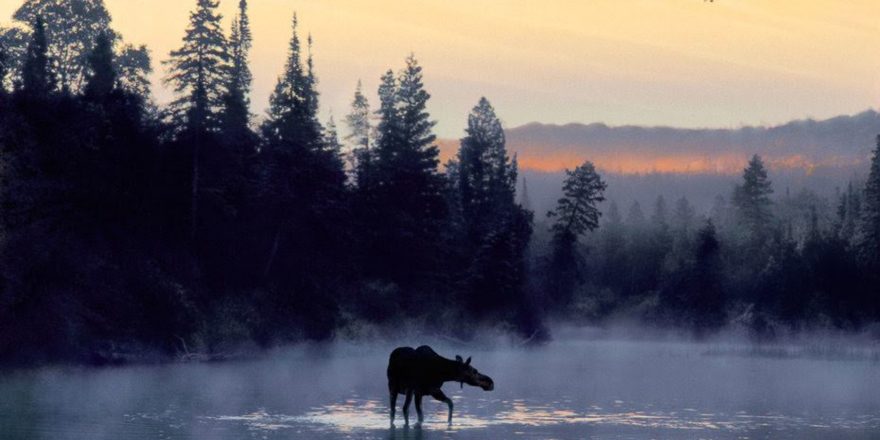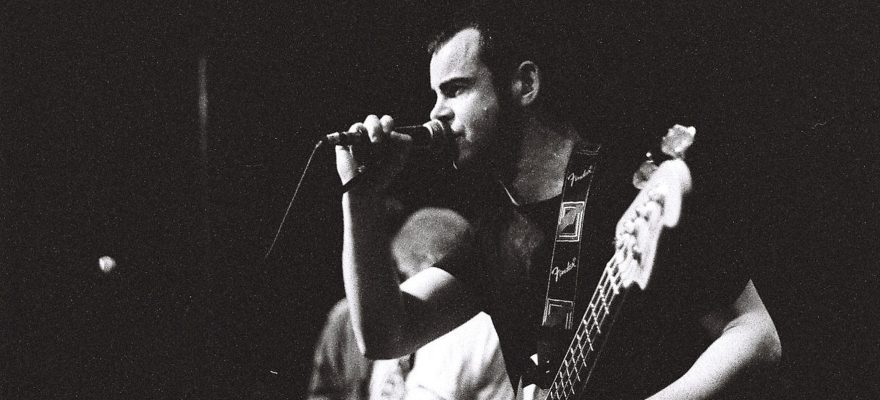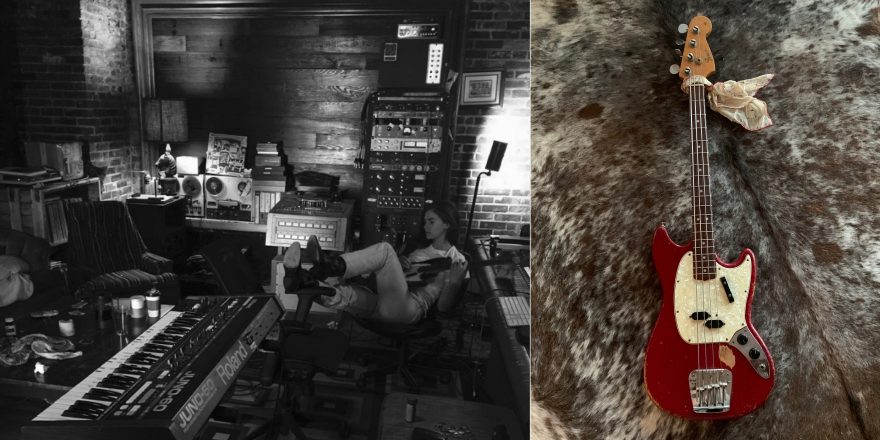Right now, somewhere on the largest island in the largest freshwater lake in the world, there are exactly three newly relocated wolves prowling their way through the frozen Northwoods night. Isle Royale National Park, or Minong as the Northern Ojibwe who first canoed to this rocky world of spirits called it, lies off the shores of Lake Superior the Great and Terrible. Lined with shipwrecks and 300 smaller islands, and riddled with abandoned mines and fisheries, Isle Royale simply was too remote to be profitable to early-industrial America, so as a last resort the island was made a national park in 1940. How remote? As Rev. George Grant said in 1872, “Those who have never seen Superior get an inadequate idea by hearing it spoken of as a lake; Superior is a sea. It breeds storms and rain and fog like a sea; it is cold, masterful & dreaded.” The island is only accessible by boat or float plane, and the journey can be treacherous; last November, in a display of fierce power unlike any storm in recent history, trackers recorded twenty-eight foot waves on the shores of Copper Harbor, and two hikers were hurled away to their deaths on the craggy cliffs while hurricane force winds pummeled the coastline.
For three weeks in September of 2017, I was the Artist-In-Residence at Isle Royale, a little-known but brilliant program administered by the Park Service to foster the connections between solitude, wilderness, and art; three vital respites that share much in common, but perhaps nothing quite so much as the quality of being endangered. Hermited away on the greenstone shores, I filtered drinking water from the mighty lake, fended off cold with nightly fires, gazed at shooting stars and slow moving freighters, and worked on songwriting ten hours a day. For three weeks I spoke nary a word to another human. It was here in this extreme solitude beyond cell range and internet that the reality of art and nature as religion, and the urgency of preserving places wild enough to let time ripen, unfurled before me like a sail on a mast. When I boarded the ferry to return to Michigan’s Upper Peninsula, I had sixteen new songs, twelve of which would form my debut solo record Stranger Angels, to be released this February.
The Isle Royale wolves, like so many vulnerable species in the hot grip of changing climate, have been unable to adapt to a warming planet, and specifically to the warming waters of Lake Superior. The rarity of an ice crossing from the mainland has prevented new wolves from replenishing an isolated gene pool, dropped their numbers from 50 in the 1990s down to one in 2017 before the relocation project began. Out of balance, they struggle for survival in a land that bears the fingerprints of capitalism, conquest, warming temperatures, and neglect. In so many ways, they are the artists of the natural world, and in the age of fake news and instant celebrity, the range of undisturbed space and resources needed to survive is vanishing like an arctic glacier or yesterday’s tweets.
Art, like love, doesn’t thrive in captivity, and an artist needs a natural habitat like any wild creature with enough room to roam, forage, hunt, hide, heal, dream, and howl. I think it’s no accident that during this government shutdown, one of the first things we lose is our parks, our places to just go and be, the kind of being which is a threat to the status quo. We go to the woods to be lost, and it is this lostness that can save. Nietzsche said “We are so fond of being out in nature because it has no opinion of us”; what a precious commodity indeed. Spinning in our loops of instant feedback and validation-hunting online, and with a president whose infantile need for praise threatens our very democracy, the non-virtual reality of wild places annihilates the ego with redemptive indifference. No such thing as fake news in a lightning storm; no authority to consult regarding its urgency. The silent void of a star-filled sky doesn’t register your opinion, and no Instagram photo can improve it. A river is not just a river; it is a counterpoint to narcissism, and you can’t step in the same one even once. Going and staying in wild places unscrambles our shell-shocked nervous systems with effortless grace. We sit very still in some quiet place until the natural world begins to re-take its shape around us. In wilderness we face the world alone with a humble lack of defense; you begin to see precisely what is the work of your life, what places need your attention. A grizzly bear generally needs 1,000 miles of range to roam; why not our imaginations? Like the Isle Royale wolves, we go looking for connection, but the world we’ve created makes it harder and harder to find. We’re like mountain lions chasing laser pointers, but we belong at large.
And so it goes, the enduring battle with what the late American Indian activist and poet John Trudell called “the industrial ruling-class” of this planet to preserve space, both physical and spiritual, for the people and creatures of Earth. We suffer not from a lack of information but a lack of perspective, so we go to the woods. We go to remember how to be lost, to fall in love with slow questions over fast answers. Every screen in your vicinity screams at you all day long that something is wrong with you and to make yourself more useful. The response of both wilderness and the true artist is “To whom, or what, exactly?” 






